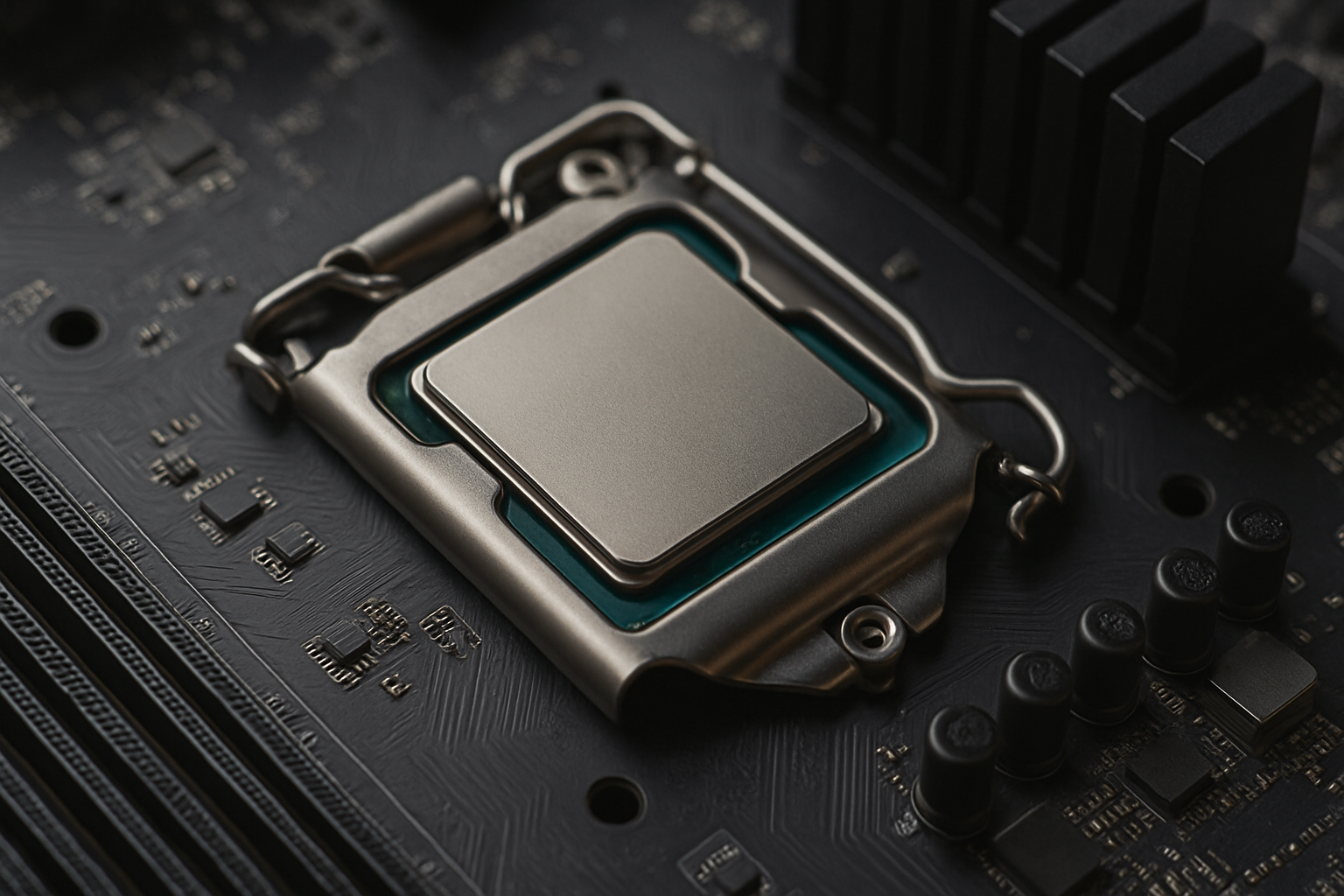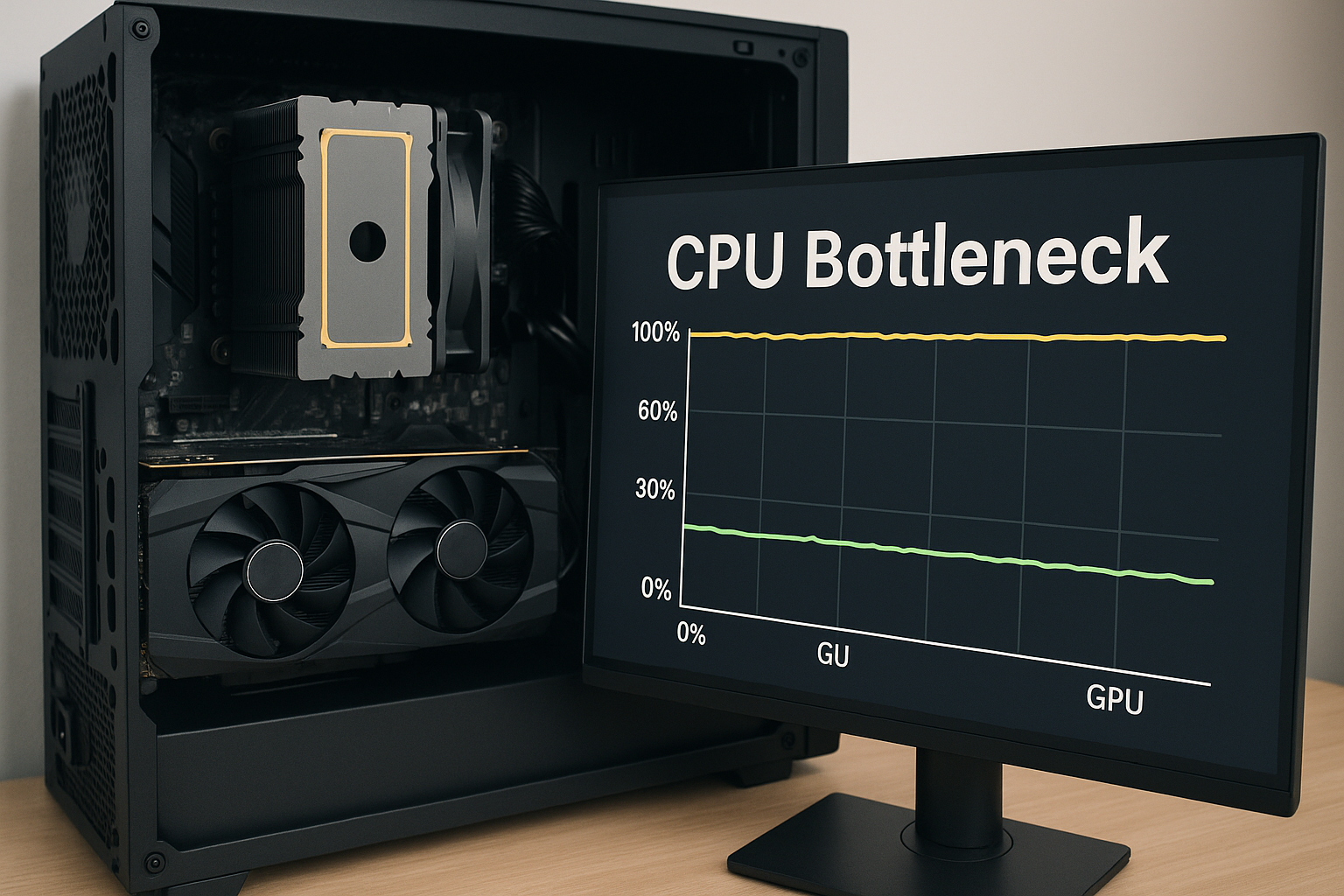
Nvidia GeForce RTX 5060 & 5060 Ti Officially Announced: Full Specs, Features, Performance Benchmarks, and Everything You Need to Know
Nvidia has officially lifted the curtain on the GeForce RTX 5060 and RTX 5060 Ti graphics cards, ushering in the next phase of its midrange GPU strategy with the powerful Blackwell architecture. These cards, announced in April 2025, bring with them a significant set of advancements in AI-powered gaming, efficiency, and price-to-performance value.
Whether you're an existing GeForce GTX or RTX 20/30-series user looking to upgrade, or you're building a new budget-conscious gaming PC, the RTX 5060 lineup aims to meet your needs with next-gen technology like DLSS 4, improved ray tracing, and more CUDA cores packed into an efficient design.
A New Era of Midrange GPUs: Overview of the RTX 5060 Series
The GeForce RTX 5060 and 5060 Ti are the successors to the RTX 4060 series and form a critical piece of Nvidia’s broader RTX 50-series lineup, which is based on the next-generation Blackwell architecture. This marks a shift from Ada Lovelace, the foundation of the RTX 40-series, and brings new performance optimization strategies, enhanced AI capabilities, and upgraded memory handling.
This generation is designed not just for gamers, but also for creators, streamers, and anyone who benefits from real-time AI processing and accelerated rendering.
Detailed Specifications: RTX 5060 vs RTX 5060 Ti
GeForce RTX 5060 Ti
-
GPU Architecture: Blackwell (GB206)
-
CUDA Cores: 4,608
-
Boost Clock: 2.57 GHz
-
VRAM: 8GB or 16GB GDDR7
-
Memory Interface: 128-bit
-
Memory Bandwidth: 448 GB/s
-
TGP (Total Graphics Power): 180W
-
Price: $379 (8GB) / $429 (16GB)
GeForce RTX 5060
-
GPU Architecture: Blackwell (GB206)
-
CUDA Cores: 3,840
-
Boost Clock: 2.50 GHz
-
VRAM: 8GB GDDR7
-
Memory Interface: 128-bit
-
Memory Bandwidth: 448 GB/s
-
TGP: 145W
-
Price: $299
The use of GDDR7 memory marks a notable upgrade over GDDR6 in prior generations, with increased bandwidth contributing directly to improved performance in high-resolution textures, ray tracing, and large-scale scene rendering.
DLSS 4 and Multi-Frame Generation: AI at the Core
One of the headline features of the RTX 5060 series is support for DLSS 4 (Deep Learning Super Sampling). This technology builds on Nvidia's ongoing AI initiatives by including several improvements:
-
Multi-Frame Generation: Rendering additional frames using AI prediction, reducing load on the GPU and improving frame rate smoothness.
-
Super Resolution: Continues to deliver high-quality upscaling for 1080p, 1440p, and even 4K gameplay.
-
Ray Reconstruction: Enhances ray tracing quality and efficiency by leveraging AI models trained on vast amounts of visual data.
DLSS 4 enables massive performance gains, especially in titles that support frame generation, often doubling effective frame rates while maintaining image quality close to or better than native rendering.
Performance Benchmarks: How Does It Stack Up?
Based on early benchmarks and independent reviews, the RTX 5060 Ti delivers a 15–20% performance uplift over the RTX 4060 Ti in native rasterization, and significantly more when DLSS is enabled. In GPU-intensive titles like Cyberpunk 2077, Alan Wake 2, and Starfield, the 5060 Ti demonstrates consistent high frame rates at 1080p and 1440p with ray tracing enabled.
For gamers upgrading from the GTX 1660 or RTX 2060, the performance leap is even more dramatic—often more than double the frame rate with modern titles thanks to ray tracing and DLSS 4 support.
The base RTX 5060 also performs admirably, offering a compelling replacement for the RTX 3060 at a lower price point while maintaining better power efficiency and AI features.
Power Efficiency and Thermals
Nvidia’s decision to keep TGPs under 200W reflects an industry-wide push toward better power efficiency. These cards are built using a refined 4nm process and advanced voltage management systems that reduce heat output and increase performance-per-watt.
This not only benefits desktop gamers who want quieter systems but also makes the RTX 5060 series highly suitable for laptops and small form-factor (SFF) builds.
Availability and Release Timeline
-
RTX 5060 Ti (8GB & 16GB): Released April 16, 2025
-
RTX 5060 (8GB): Launching May 2025
-
RTX 5060 Laptops: Also expected in May 2025, starting at $1,099
Retail partners include Nvidia’s board manufacturers such as ASUS, MSI, Gigabyte, EVGA, and Zotac, with models expected in both reference and factory-overclocked variants.
Market Position and Pricing Analysis
The RTX 5060 Ti at $379 (8GB) and $429 (16GB) is aggressively priced to compete directly with AMD’s Radeon RX 7700 XT and Intel’s Arc A770. Nvidia’s strategy appears focused on drawing in both budget-conscious upgraders and competitive esports players looking for high frame rates with minimal input latency.
Meanwhile, the base RTX 5060 fills the gap left between the GTX 1660 series and older RTX 3060 cards, offering next-gen features at a sub-$300 price point.
RTX 5060 in Laptops: Mobile Gaming Goes Blackwell
Nvidia confirmed that RTX 5060 GPUs will power laptops starting May 2025. These mobile chips will include DLSS 4 support, energy-efficient Blackwell cores, and optimized performance for battery life. Early models from Lenovo, ASUS, and Acer are expected to be available with pricing starting at $1,099.
This marks a notable shift, as even midrange gaming laptops are now capable of high-refresh rate 1440p gaming with ray tracing and AI enhancements thanks to DLSS and frame generation.
Who Should Upgrade?
The RTX 5060 series is ideal for:
-
Gamers on GTX 16 or RTX 20-series cards: Offering a substantial uplift in both performance and features.
-
1080p/1440p Players: With DLSS and improved rasterization, these GPUs are excellent for high-FPS gaming in competitive shooters and open-world titles.
-
Streamers and Creators: The NVENC encoder, AV1 support, and AI-enhanced video tools make the 5060 series a budget-friendly option for content creators.
-
PC Builders on a Budget: Excellent value without sacrificing modern gaming features.
Final Thoughts: A Solid Midrange Revolution
With the GeForce RTX 5060 and RTX 5060 Ti, Nvidia is redefining the midrange GPU landscape. These cards combine modern architecture, AI-driven enhancements, and efficient power use into an accessible package. By bridging the gap between affordability and next-gen capability, Nvidia’s 5060 series might become the new go-to for mainstream gamers and creators in 2025.
If you're considering a GPU upgrade or building a new system and want great 1080p/1440p performance without breaking the bank, the RTX 5060 family is worth a close look.
Would you like this article formatted for publication on WordPress or Medium, or adapted for a social media announcement?

